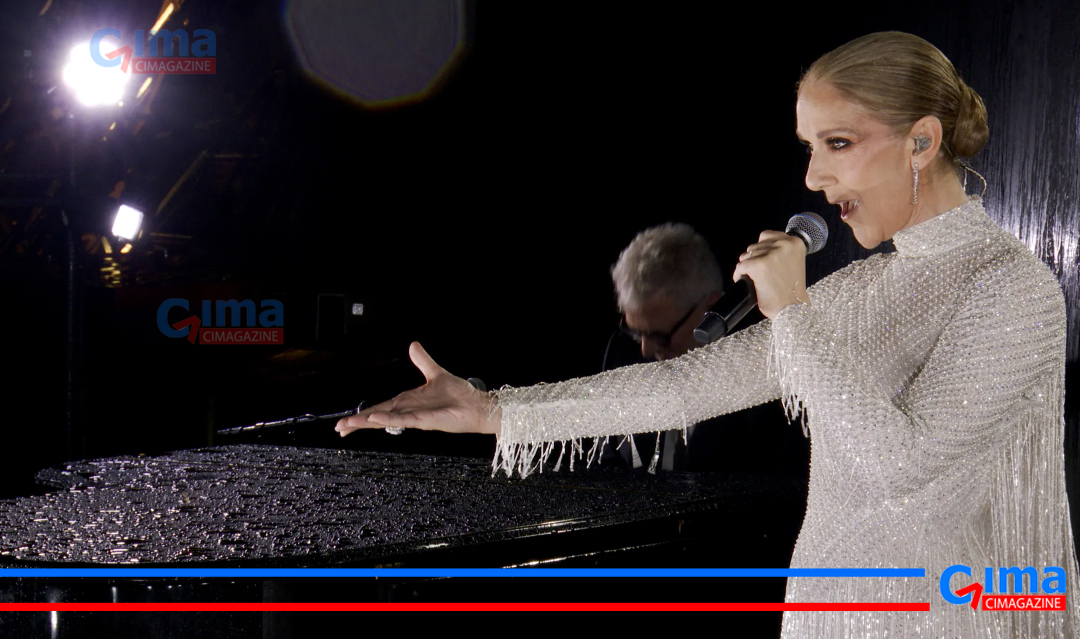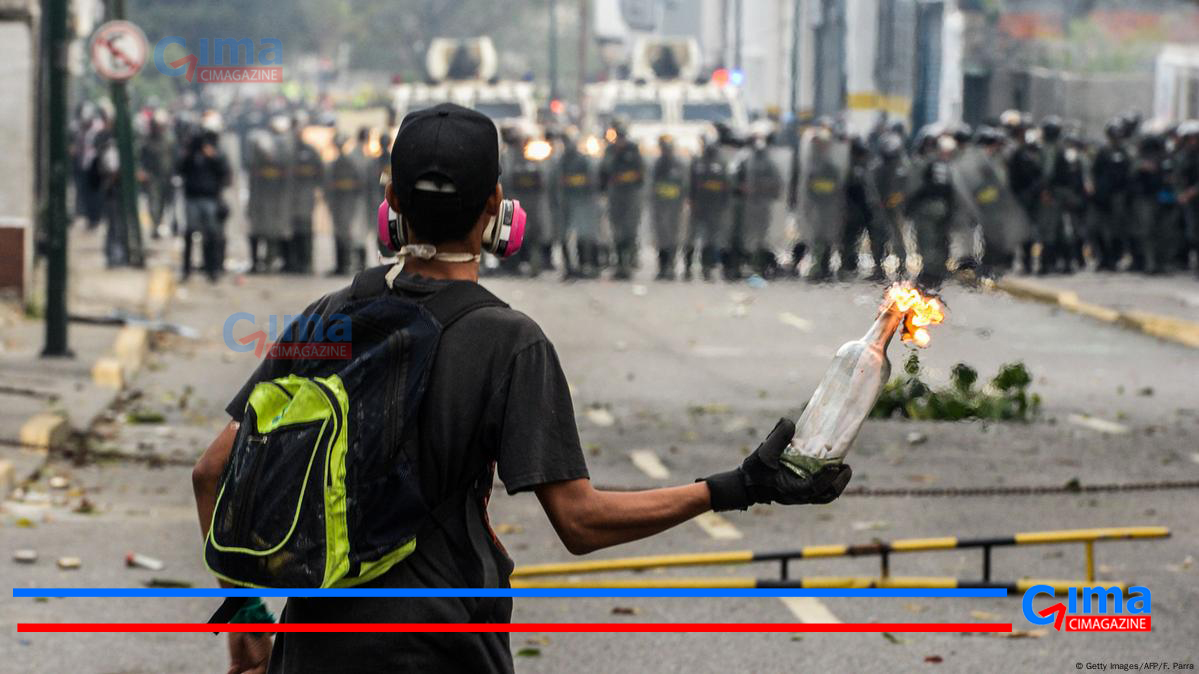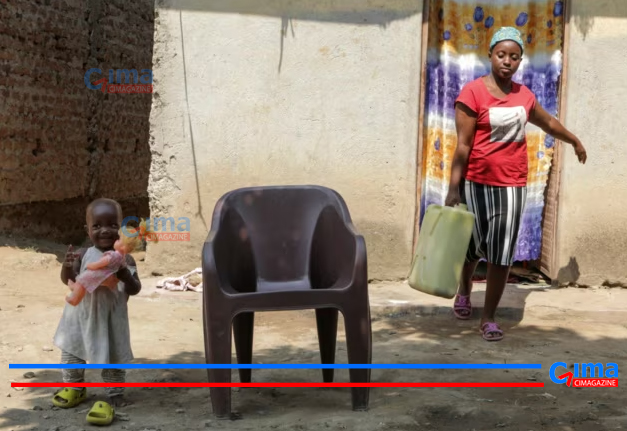The French Institute of Kinshasa is hosting the exhibition entitled "Fragment" in its exhibition hall until October 31. Alongside the paintings and sculptures, the photographer Maïté Botembe Moseka has a special place, where she has placed an exhibition that, according to her, reinforces the photos hanging on the walls.
Exhibition "Fragment": between tradition and modernity, funeral rites as seen by Maïté Botembe










